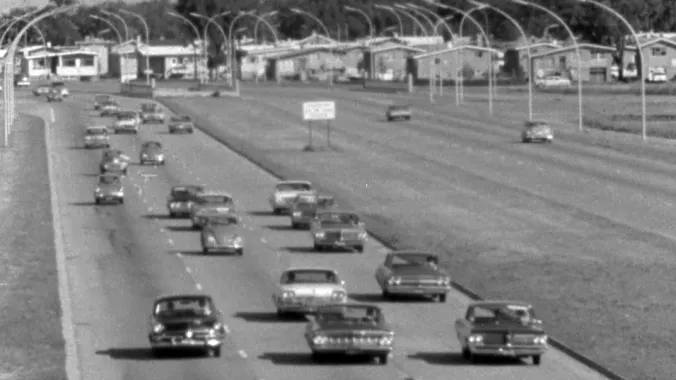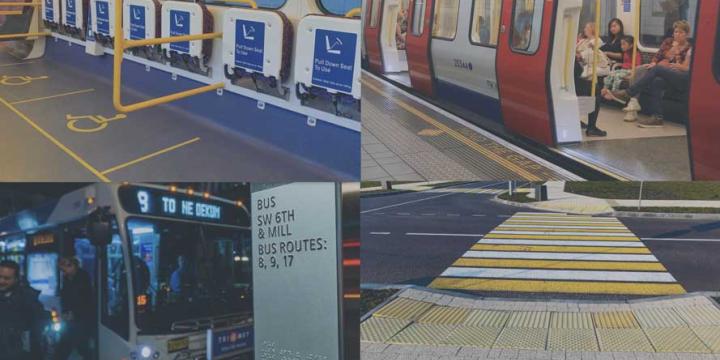Course Info
5 video lessons (31 Mins)
Published
1963-
4.27
Preview Course
Browse Course Chapters
-
1.Introduction
2 mins
-
2.Human Flood
5 mins
-
3.City Slums
7 mins
-
4.The Middle Class
10 mins
-
5.The Village Spirit
4 mins
Course Description
This short documentary film is the fifth in a larger series hosted by Lewis Mumford, an American historian, sociologist, philosopher, and literary critic whose studies in the 20th century included attention to cities and architecture that persists in influence into the present day.
In this fifth episode of the series, Mumford begins his exploration of the city during a period of rapid transformation during the Industrial Revolution, when old cities grew quickly, new cities sprang up in the countryside, and the wealthy fled to the countryside, neglecting the health and prosperity of those who stayed behind.
Speaking in the early 1960s, Mumford says that public housing projects and modern slums share the same physical congestion and spiritual hopelessness as the slums of the 19th century, as well as a lack of identity and a sense of the neighborhood.
Mumford does not mince words when criticizing the failure of public housing projects in perpetuating the poor environmental and social effects they were meant to eradicate. The public housing programs of the 20th century created a "barren and institutional desolation," according to Mumford. This desolation is at risk of spreading into the homes of the middle and upper classes in the early 1960s, warns Mumford, who then seems briefly sympathetic when the discussion turns to the subsequent middle class exodus to the suburbs.
But Mumford's allegiances to the city reveal themselves again in short order, as Mumford's criticisms soon turn to the "play reality" of the suburbs, which he argues is based on a childish image of the world that sacrifices reality to pleasant illusion. That reality, according to Mumford, was evident then, as it is now, in the neglect of the city and the shortcomings of the suburbs.
In the end, this story returns to the negative effects of automobile dependency and the effects of car-centric planning. The effects of isolation, according to Mumford, are far worse in the suburb than in the "drabbest industrial town."
Learn these skills
- Development
- History
- Housing
- Land Use
- Pedestrian Planning
- Public Health
- Urban Design
- Urbanism
- Zoning Codes
AICP CM
This course is approved for 0.5 AICP CM Credit


























